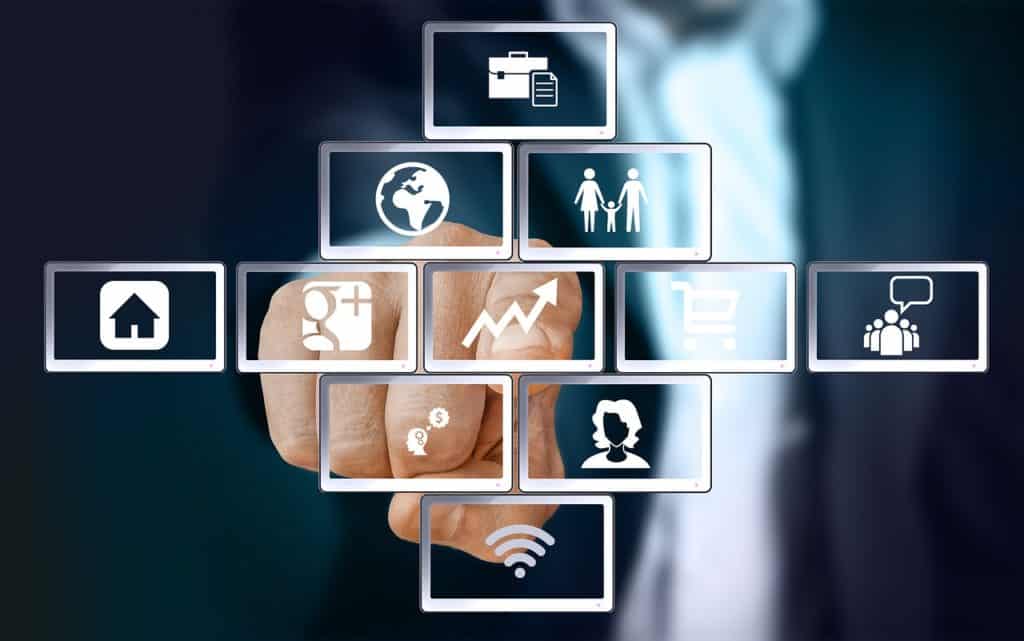By Carl Robinette
As the pandemic changed the course of 2020 for almost every business in the US, many trends and predictions from early last year will carry over and become more influential in 2021. At the same time, new trends have emerged as many offices have made the switch to remote work, practically overnight.
In this article, we are going to look at seven 2021 accounts payable trends to expect this year based upon the dynamic nature of the business environment over the last several months.
1. Accounts Payable Automation Will Surge Forward
Accounts payable automation is fairly mature and well-established in the software market, but with businesses facing budget crunches and increased disconnection from the physical office, many will be looking for ways to cut costs and reduce friction in their accounting processes.
Accounts payable automation is a way to achieve both cost savings and simplify the overall accounts payable process, easing the stress that accompanies it. According to research, accounting automation is expected to increase in the short-term and the long-term as well. Forecasting ahead to prepare for the next step in automation is crucial to keep your business at the forefront of the new digital wave.
2. SMBs Will Increasingly Go Cloud
 While cloud accounting software has seen steadily rising adoption rates in the enterprise space, less than half of small businesses have adopted cloud software for accounting, according to FinanceOnline. However, the continued demand to enable work from home has caused these numbers to change since the aforementioned mentioned study was conducted and will continue to do so.
While cloud accounting software has seen steadily rising adoption rates in the enterprise space, less than half of small businesses have adopted cloud software for accounting, according to FinanceOnline. However, the continued demand to enable work from home has caused these numbers to change since the aforementioned mentioned study was conducted and will continue to do so.
With financial constraints weighing heavily on smaller businesses, they are finding that the benefits of going to the cloud outweigh the benefits of a physical accounting department. Each day, more small to mid-size businesses are making the decision to support at-home work and search for software that enables them to do so.
3. Accounts Payable Data Will Impact More Decisions
As the adoption of accounts payable automation software increases, the ability to gather, mine and analyze accounts payable data will become increasingly important. Technology such as accounts payable automation for multi-entity businesses will make it easier to gain insights that drive strategic decision making, especially for businesses with decentralized responsibility.
For businesses with a complicated accounts payable process that must collect an immense amount of data for reporting purposes, having drill-down capabilities across multiple businesses in different locations is essential. Companies that have access to real-time data of their financial processes with AP automation, provide decision-makers with the necessary tools to make important business decisions and plan accurately.
4. The Use of Paper Checks and Physical Invoices Will Decrease Even More
A recent article mentions that the pandemic “has exposed the vagaries of a market worth tens of trillions of dollars largely dependent on paper checks, and paper invoices.” The sink-or-swim effects of the pandemic have forced many vendors to stop dragging their feet and find ways to digitize previously analogue processes.
Holdouts who still require paper check payments and issue paper invoices will be increasingly rare as the digital wave continues to advance in the coming year.
5. Accounts Payable Employees Will Stay Home in Large Numbers
 Whether or not efforts to combat the COVID virus allow offices to re-open, many businesses have seen the opportunities working from home has to offer. Being forced to enable remote work has created a growing awareness that remote accounting is not only possible but beneficial for the company for both cost savings and employee satisfaction.
Whether or not efforts to combat the COVID virus allow offices to re-open, many businesses have seen the opportunities working from home has to offer. Being forced to enable remote work has created a growing awareness that remote accounting is not only possible but beneficial for the company for both cost savings and employee satisfaction.
The advantages that remote work offers are especially noticeable in major metropolitan areas where A-rated office suites lease for tens of thousands of dollars per month. Being able to reduce the square footage of physical offices is a no-brainer for businesses looking to significantly reduce operating costs.
Along with cutting costs by removing a physical workspace, working from home allows employees to have more flexibility in their work-life balance and improve productivity and morale. The extra hours of sleep added by taking away a commute to work and providing more time for employees to focus on their well-being supports the effort to move to a remote office. The higher the employee morale, the better their work productivity will be.
6. Integration with Accounting Management Software Will Become More Important
As many of these trends take hold, integrating accounts payable software with general accounting software will become key. Enabling successful cloud and remote work will depend on seamless processes and integration for accounts payable processing.
As businesses look for valuable insights from their accounting departments, integration with larger accounting systems will be important to deriving holistic insights from data. AP and ERP integration is more important than ever. Third-party integrations are becoming more important as businesses seek ways to improve their workflow efficiencies.
7. More Harmony Between Accounts Payable and Accounts Receivable
 With many businesses struggling to profit as a result of the pandemic, cash flow management has seen renewed focus. Continuity between accounts payable and accounts receivable is critical to effective cash flow. For small businesses, these tasks are often performed by the same people.
With many businesses struggling to profit as a result of the pandemic, cash flow management has seen renewed focus. Continuity between accounts payable and accounts receivable is critical to effective cash flow. For small businesses, these tasks are often performed by the same people.
Digitizing accounts payable and accounts receivable while creating seamless user experience enables small accounting departments to run smoothly, no matter whether they work from home or in a physical office.
For large multi-entity enterprises or franchises, keeping all departments on the same page with real-time, consistent data is a growing priority as well. As a business grows and continues to add more locations or entities, the accounts payable and/or accounts receivable departments become more complex. Having a centralized and organized accounting system is necessary to establish an efficient workflow amongst all entities.
Conclusion: Accounts Payable is at the Digital Transformation Tipping Point
These have been our top seven 2021 accounts payable trends to watch, but they only scratch the surface of what is in store for accounts payable teams and departments as a whole. While the constraints of a pandemic have eased some in recent months, they will continue to impact the way we do business.
The drive toward digital transformation has accelerated. In the coming months, we will see major changes in the business environment and our work lives. From automation and paperless accounting to new data insights and integration, accounts payable departments have come to the tipping point of digital transformation.
